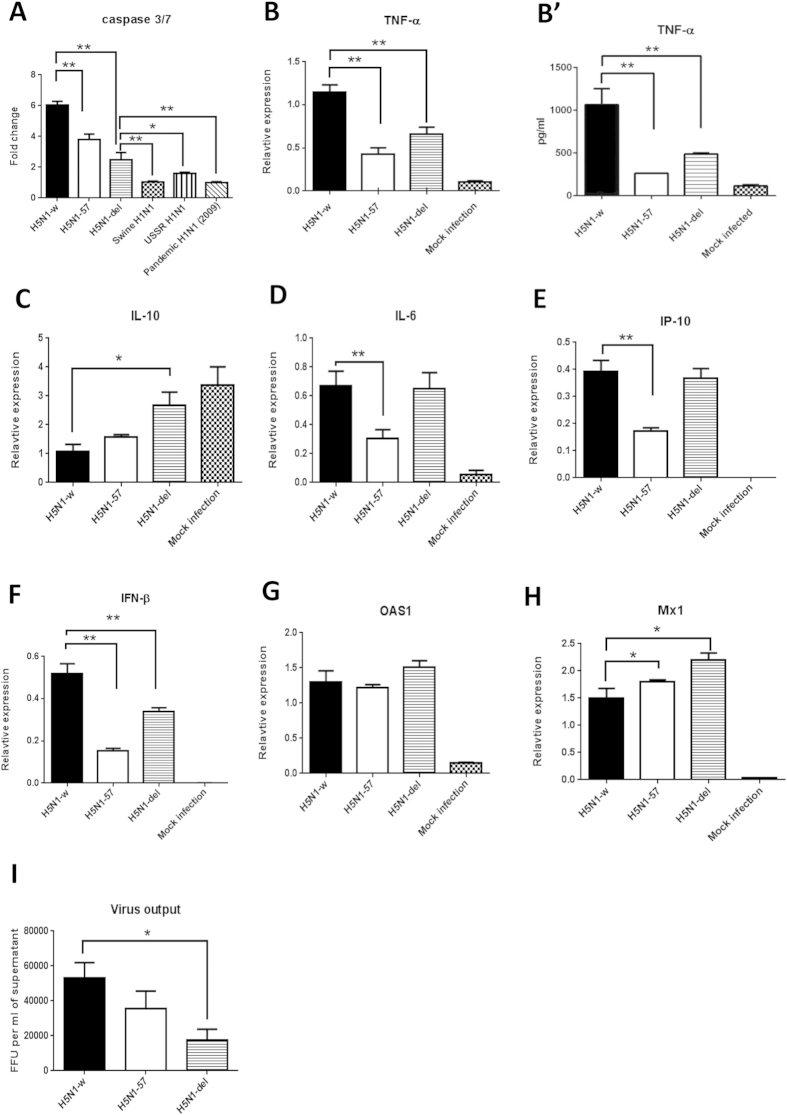Figure 5. Contribution of viral PB1-F2 protein to avian influenza promotion of apoptosis and pro-inflammation in PAM.
Recombinant H5N1 (H5N1-w, H5N1-57 and H5N1-del) and mammalian influenza viruses, as indicated, were used to infect PAM at MOI of 1.0 for 6 h. (A) Both truncated (H5N1-57) and deleted (H5N1-del) PB1-F2 mutants showed significantly reduced activation of caspase 3/7 in PAM relative to the wild type virus (H5N1-w) but the levels were not down to the same basal levels as those from mammalian viruses. Fold changes were in relation to mock control. (B,B’) The two PB1-F2 mutants conferred reduced TNF-α induction of RNA (B) and protein (B’) in PAM compared with the wild type virus. (C) H5N1-del mutant also maintained elevated expression of IL-10 in PAM, unlike that of the wild type which suppressed 1L-10 expression. Hence PB1-F2 mutations in H5N1-w virus appeared to dampen apoptotic and pro-inflammatory responses. (D–F) The induction of IL-6, IP-10 and IFN-β by the three recombinant H5N1 viruses, however, followed a less clear-cut pattern. (E) Induction of IL-6 and IP-10 was weakest with the truncated PB1-F2 mutant (H5N1-57), and was similarly high between the deleted mutant (H5N1-del) and wild type virus. H5N1-w (wild type) virus induced the strongest IFN-β response (F) but the induction of OAS1 (G) and Mx1 (H) did not follow the same trend. (I) PB1-F2 mutant viruses in PAM produced less progeny virus than the parental wild type. Data shown are the means of triplicate wells. Error bar = standard error of mean. *P < 0.05, **P < 0.001 (ANOVA).

